Do You Have to Pedal an Electric Bike? Get the Facts Here
Do you have to pedal an electric bike? Well, the answer isn't a simple yes or no. There's a world of options out there, from throttle-only rides to pedal-assist wonders. But fret not, we're here to break it all down for you.
In this article, we will dive into electric bike dynamics, exploring pedal assist, throttle-only setups, and the age-old question: Which one should you choose? Plus, we'll share some handy tips to make your electric biking adventures even smoother.
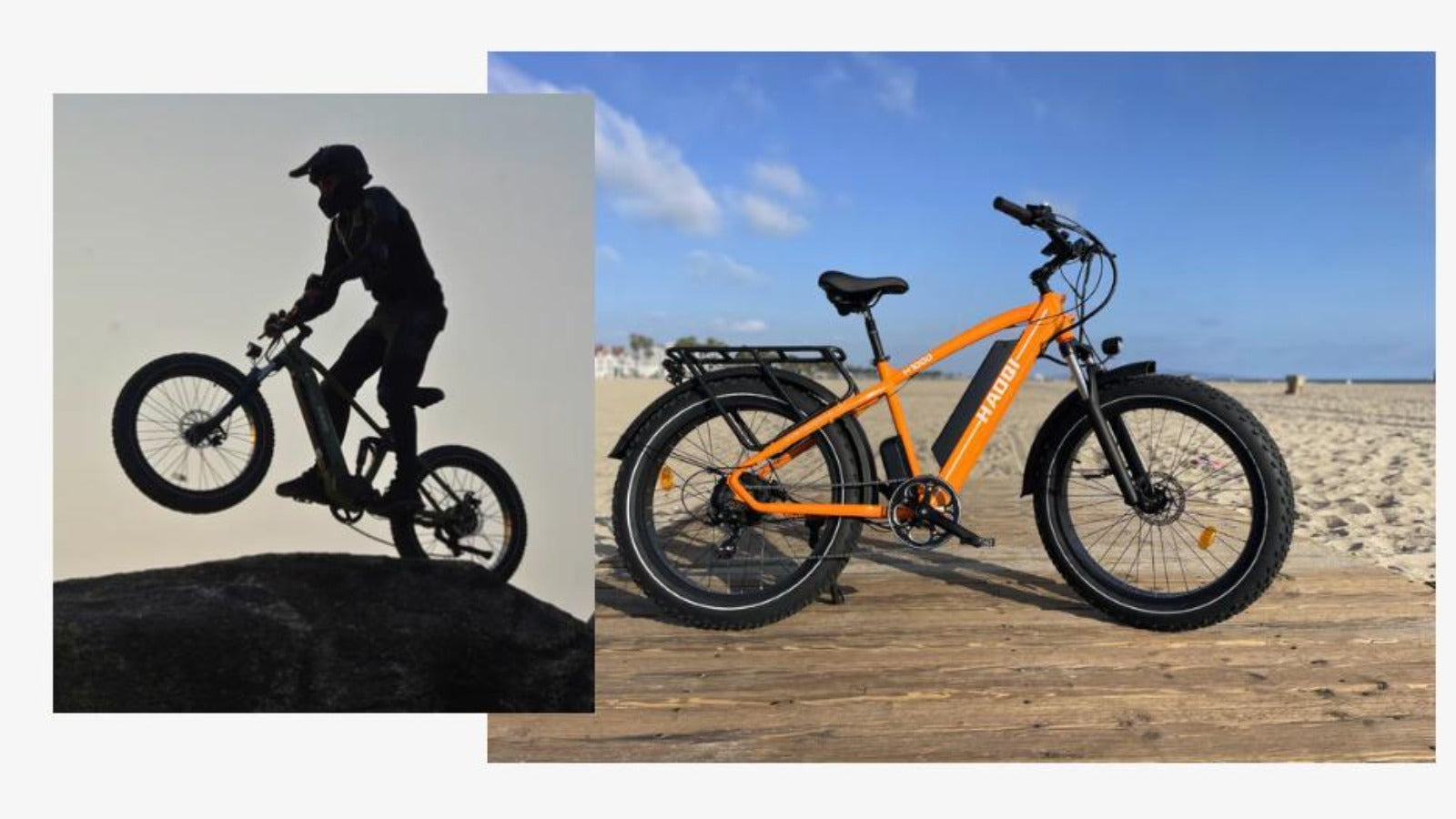
Do You Have to Pedal on an Electric Bike?
The necessity of pedaling on an electric bike largely depends on its classification. In the U.S., electric bikes are categorized into three classes:
Class 1:
These e-bikes require the rider to pedal for the motor to engage. The maximum speed is typically capped at 20 miles per hour (MPH). They offer pedal-assist functionality, providing a boost to the rider's pedaling efforts.
Class 2:
Class 2 electric bikes feature a throttle, allowing riders to ride without pedaling. The motor propels the bike forward with the push of a button or twist grip on the handlebar, offering a convenient option for those seeking effortless riding experiences. Class 2 electric bikes typically have a maximum speed of up to 20 miles per hour (MPH) when using the throttle, allowing riders to travel at this speed without the need for pedaling.
Class 3:
Similar to Class 1 e-bikes, Class 3 models also require pedaling for motor engagement. However, they have a higher maximum speed limit of up to 28 MPH. These bikes typically come equipped with a speedometer and adhere to specific regulations.
What Is Pedal Assist? How Does It Work?
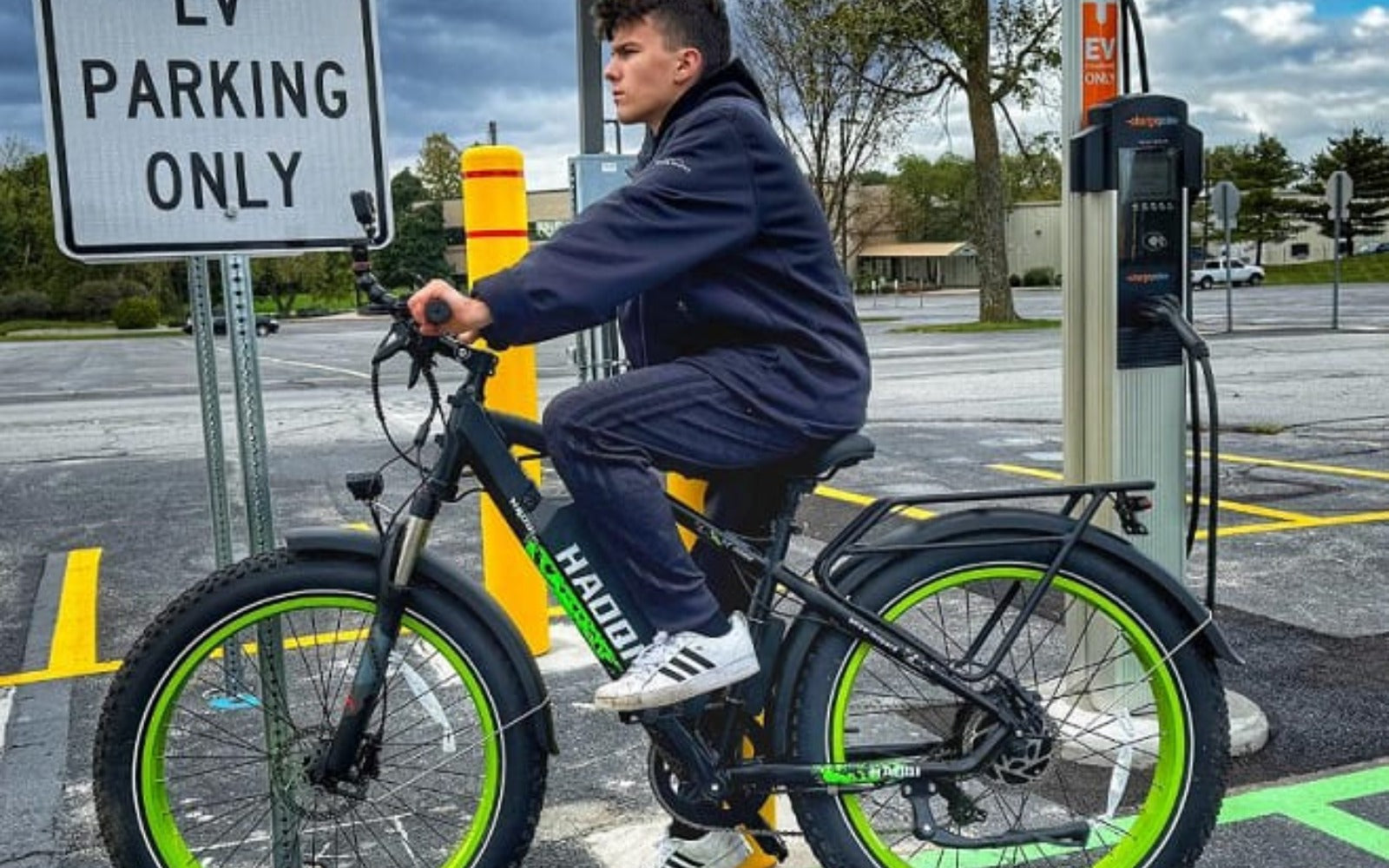
Pedal assist is a feature found in many ebikes that requires the rider to pedal in order to activate the motor. This system is designed to provide a seamless and natural riding experience, with the motor kicking in to provide additional power as the rider pedals. Typically, pedal assist systems utilize sensors to detect the rider's pedaling cadence and force, adjusting the motor's output accordingly. This technology ensures that the rider retains control over their speed and can tailor the level of assistance to their preference.
What Is a Throttle-Only Electric Bike? How Does It Work?
In contrast to pedal assist bikes, throttle-only electric bikes allow riders to propel the bike forward without the need for pedaling. These bikes are equipped with a throttle control, usually located on the handlebars, which, when engaged, activates the motor to provide power to the wheels. This feature operates similarly to a motorcycle or scooter throttle, offering instant acceleration without the need for pedaling input.
Pedal Assist vs Throttle Only E-bike, Which to Choose?
When deciding between pedal assist and throttle-only electric bikes, it ultimately comes down to personal preference and intended usage. Pedal assist bikes offer a more natural riding experience, mimicking the feeling of traditional cycling while providing added assistance when needed. This makes them ideal for riders who want to maintain an active lifestyle while enjoying the benefits of electric assistance.
On the other hand, throttle-only electric bikes are favored by those who prefer a more relaxed riding experience, with the ability to cruise effortlessly without pedaling. However, riders should be aware of local regulations regarding throttle-controlled e-bikes and ensure compliance with applicable laws.
Tips for Using Electric Bicycles
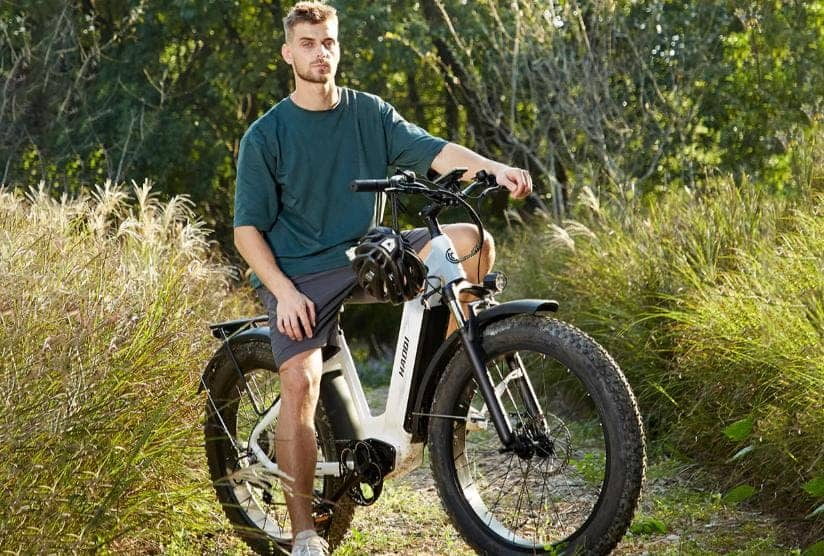
- Familiarize yourself with local regulations: Before hitting the road on your electric bike, make sure you're aware of any laws or regulations governing their use in your area. This includes speed limits, helmet requirements, and where electric bikes are permitted to ride.
- Choose the right bike for your needs: Consider factors such as motor size, battery capacity, and riding style when selecting an electric bike. Whether you prefer pedal assist or throttle-only operation, choose a bike that suits your intended use and riding preferences.
- Practice safe riding habits: Just like traditional bicycles, electric bikes require careful handling and adherence to road safety rules. Always wear a helmet, obey traffic laws, and remain vigilant of your surroundings while riding.
- Maintain your electric bike regularly: To ensure optimal performance and longevity, it's important to maintain your electric bike regularly. This includes keeping the battery charged, checking tire pressure, and lubricating moving parts as needed.
- Respect battery limits: Understand your electric bike's range and how factors like terrain, weather, and your riding style affect it. Plan rides within your battery's capabilities and carry a charger for longer trips, ensuring you're never stranded with a depleted battery.
- Be prepared for emergencies: Carry a basic repair kit with essentials like a spare tube, patch kit, multi-tool, and portable pump. Knowing basic repair techniques can save you from being stuck in case of a flat tire or minor breakdown.
Conclusion
While some electric bikes allow you to ride without pedaling, others offer pedal assist to enhance your riding experience. Ultimately, the choice between pedal assist and throttle-only e-bikes depends on your personal preferences and riding style. Whichever option you choose, electric bikes offer a convenient and eco-friendly mode of transportation that is sure to revolutionize your commute or leisure rides.
FAQ
Why do you have to pedal an electric bike?
By law, the motor must help you pedal for it to be called an electric bike. Besides, pedaling an electric bike helps to engage the motor, providing assistance to the rider and enhancing the overall riding experience.
Do you have to constantly pedal an electric bike?
The amount of pedaling required on an electric bike depends on the mode of operation and the rider's preferences. While some bikes offer throttle-only operation, most require at least some level of pedaling to engage the motor and maintain momentum
How much do you have to pedal an electric bike?
The extent to which you have to pedal an electric bike varies depending on factors such as terrain, desired speed, and the bike's asistance level. In general, pedaling is required to engage the motor and maintain forward motion, but the effort required can be adjusted based on the bike's settings and the rider's preference.
![50L Ebike Pannier Commuting Bag [electric bike] [HAOQI ebike]](http://haoqiebike.com/cdn/shop/files/20231119-190333.jpg?v=1700449457&width=1500)
![Waterproof and Dustproof Outdoor Ebike Cover [electric bike] [HAOQI ebike]](http://haoqiebike.com/cdn/shop/files/23.6.1-_1.jpg?v=1685601686&width=1500)
![HAOQI E-bike Foldable Hitch Rack [electric bike] [HAOQI ebike]](http://haoqiebike.com/cdn/shop/products/1_a930939f-7dd1-4cc5-b498-37e730bdb42d.jpg?v=1674896982&width=1500)
![Aerodynamic Brim Ebike Helmet with Rear Light [electric bike] [HAOQI ebike]](http://haoqiebike.com/cdn/shop/files/1500x1000-1_4815412b-fea5-4687-91ce-ce806d3c0e7a.jpg?v=1684394955&width=1500)
![HAOQI Ebike Pet Trailer [electric bike] [HAOQI ebike]](http://haoqiebike.com/cdn/shop/products/1_07ccf951-8d3e-4759-a684-e7e99e88924a.jpg?v=1681962880&width=1500)
![17mm Durable Anti-theft Ebike U-Lock [electric bike] [HAOQI ebike]](http://haoqiebike.com/cdn/shop/files/1500x1000.jpg?v=1684381885&width=1500)
![Ebike Sunglasses with 5 Interchangeable Lenses [electric bike] [HAOQI ebike]](http://haoqiebike.com/cdn/shop/files/23.6.1-_2.jpg?v=1685688612&width=1500)
![Magnetic Snap-On Ebike Helmet with Windproof Visor [electric bike] [HAOQI ebike]](http://haoqiebike.com/cdn/shop/files/20230518-134119.jpg?v=1684389276&width=1500)
![360° Adjustable Durable Phone Mount [electric bike] [HAOQI ebike]](http://haoqiebike.com/cdn/shop/files/23.6.28-_-2.jpg?v=1688009135&width=1500)
![Child Ebike Trailer [electric bike] [HAOQI ebike]](http://haoqiebike.com/cdn/shop/files/20230927-115835.jpg?v=1695787158&width=1500)
![Waterproof e-bike Frame Bag [electric bike] [HAOQI ebike]](http://haoqiebike.com/cdn/shop/products/waterproof-e-bike-frame-bag-haoqiebike-com-1.jpg?v=1671781181&width=1500)


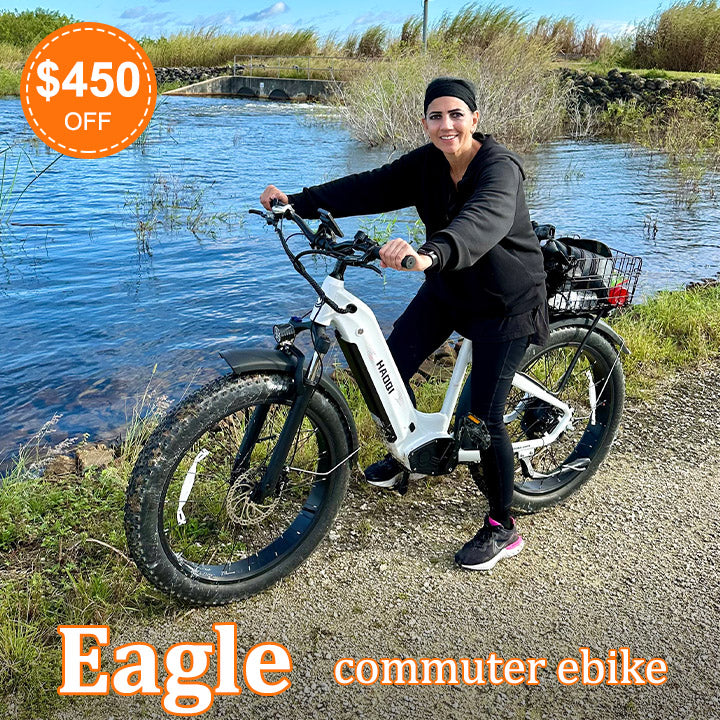


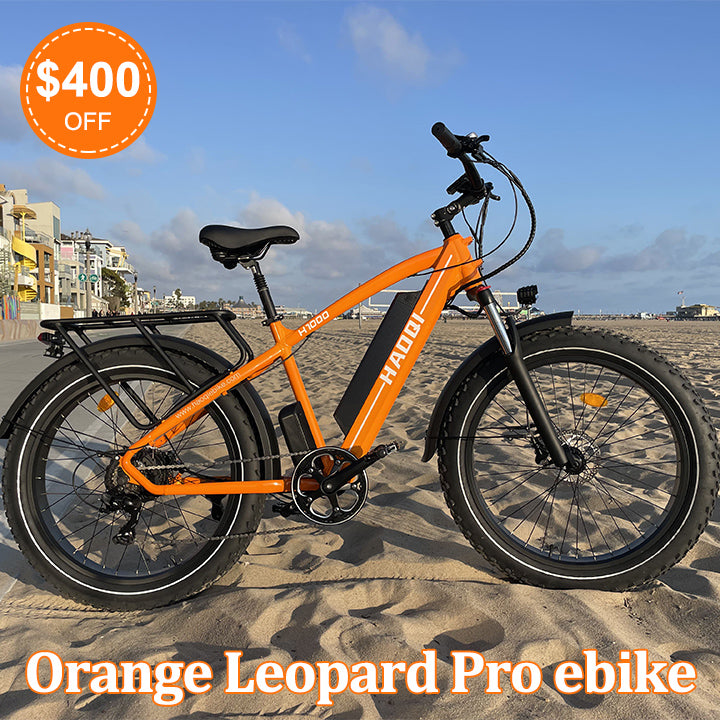




![HAOQI Squirrel Folding Electric Bike [electric bike] [HAOQI ebike]](http://haoqiebike.com/cdn/shop/files/1_76cd6814-2583-4aff-9e8e-ee7699023aa3.jpg?v=1708422636&width=1500)
![HAOQI Black Leopard Pro Fat Tire Electric Bike [electric bike] [HAOQI ebike]](http://haoqiebike.com/cdn/shop/products/20230325-152500.jpg?v=1687856895&width=1500)
![HAOQI Upgraded Eagle Long Range Electric Bicycle [electric bike] [HAOQI ebike]](http://haoqiebike.com/cdn/shop/files/2_d6c832f0-a92d-4af4-91ff-5389e22240e5.jpg?v=1710230237&width=1500)
![HAOQI Rhino Electric Motorbike [electric bike] [HAOQI ebike]](http://haoqiebike.com/cdn/shop/files/2_14eede67-f744-42a8-b8c8-6ea22b59f26b.jpg?v=1691720331&width=1500)
![HAOQI Antelope Pro 750W Cargo Electric Bike [electric bike] [HAOQI ebike]](http://haoqiebike.com/cdn/shop/products/haoqi-antelope-pro-cargo-electric-bike-with-dual-battery-750w-haoqiebike-com-1.jpg?v=1687856878&width=1500)
![HAOQI Camel Electric Cargo Bike - Latest SUV Ebike [electric bike] [HAOQI ebike]](http://haoqiebike.com/cdn/shop/files/1_8a55ca84-c76a-4bc0-9fb5-7a3010f3778d.jpg?v=1708422550&width=1500)
![HAOQI Cheetah Full Suspension Electric Bike - Flagship Ebike [electric bike] [HAOQI ebike]](http://haoqiebike.com/cdn/shop/files/6_60022b3b-c503-4719-81c7-3ef95f63402e.jpg?v=1709866825&width=1500)
![HAOQI Cheetah Pro Mid-Drive Full Suspension Ebike [electric bike] [HAOQI ebike]](http://haoqiebike.com/cdn/shop/files/23.11.6-1500X1000_1.jpg?v=1699319690&width=1500)
![HAOQI Cheetah Full Suspension Electric Bike - Flagship Ebike [electric bike] [HAOQI ebike]](http://haoqiebike.com/cdn/shop/files/38_bd17be38-4444-48af-8a0e-a8ab6b7d0585.jpg?v=1692178338&width=1500)
![HAOQI Eagle Long Range Electric Bicycle [electric bike] [HAOQI ebike]](http://haoqiebike.com/cdn/shop/files/1_67dad26d-6f48-4641-9f0d-67ca931aac28.jpg?v=1710229843&width=1500)
![HAOQI Antelope 500W Cargo Electric Bike [electric bike] [HAOQI ebike]](http://haoqiebike.com/cdn/shop/products/haoqi-antelope-cargo-electric-bike-with-dual-battery-haoqiebike-com-1.jpg?v=1687857274&width=1500)
![HAOQI Silver Antelope Pro 750W Cargo Electric Bike [electric bike] [HAOQI ebike]](http://haoqiebike.com/cdn/shop/products/haoqi-antelope-pro-cargo-electric-bike-with-dual-battery-750w-haoqiebike-com-5_b186ce8f-5695-4f3c-85ef-adaa976b6cc5.jpg?v=1687856908&width=1500)
![HAOQI White Leopard Pro Step Thru Electric Bike [electric bike] [HAOQI ebike]](http://haoqiebike.com/cdn/shop/products/haoqi-white-leopard-step-thru-electric-bike-haoqiebike-com-1.jpg?v=1687856892&width=1500)
![HAOQI Green Leopard Pro Fat Tire Electric Bike [electric bike] [HAOQI ebike]](http://haoqiebike.com/cdn/shop/products/haoqi-green-leopard-pro-fat-tire-electric-bike-haoqiebike-com-1.jpg?v=1687856904&width=1500)
![HAOQI MINI Foldable Electric Bike [electric bike] [HAOQI ebike]](http://haoqiebike.com/cdn/shop/products/haoqi-r-mini-foldable-electric-bike-haoqiebike-com-1.jpg?v=1671781415&width=1500)
![HAOQI TerraGlide 26''x4'' Durable Mountain Bike Tire [electric bike] [HAOQI ebike]](http://haoqiebike.com/cdn/shop/files/02_1500x1000_a9bdef41-bae2-4633-80f2-99a827eac05c.jpg?v=1700206486&width=1500)
![Kids Bike Seat Pack for Camel Cargo Ebike [electric bike] [HAOQI ebike]](http://haoqiebike.com/cdn/shop/files/23.11.22-1500x1000-_4.jpg?v=1700637028&width=1500)
![HAOQI Ebike 35L Waterproof Ebike Saddle Bag [electric bike] [HAOQI ebike]](http://haoqiebike.com/cdn/shop/files/20231221-232114.jpg?v=1703229828&width=1500)
![HAOQI Winter Warm Touchscreen Waterproof Cycling Gloves [electric bike] [HAOQI ebike]](http://haoqiebike.com/cdn/shop/files/23.11.22-1500x1000-_2_0ef50e92-a96c-4616-8779-b34f80fd1676.jpg?v=1700637117&width=1500)
![Rear Frame Basket [electric bike] [HAOQI ebike]](http://haoqiebike.com/cdn/shop/files/20230701-115551.jpg?v=1688190192&width=1500)
![Front Frame Basket [electric bike] [HAOQI ebike]](http://haoqiebike.com/cdn/shop/files/20230701-115623.jpg?v=1688191566&width=1500)
![HAOQI Ebike Aluminum Bike Cup Holder [electric bike] [HAOQI ebike]](http://haoqiebike.com/cdn/shop/files/001.jpg?v=1700115151&width=1500)
![HAOQI Oversized Soft Bike Saddle [electric bike] [HAOQI ebike]](http://haoqiebike.com/cdn/shop/files/20231224-194643.jpg?v=1703476081&width=1500)




Leave a comment